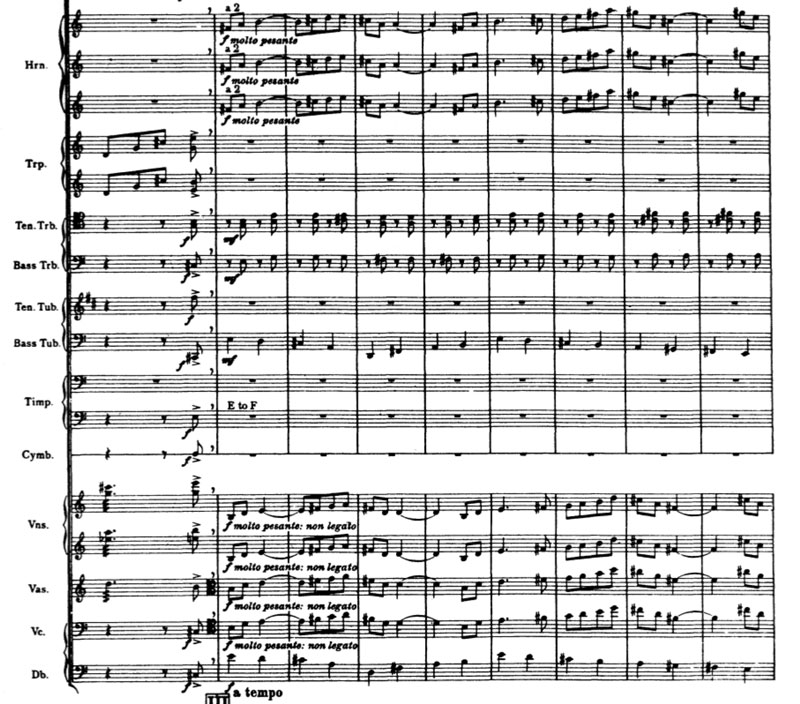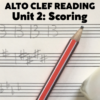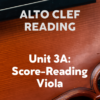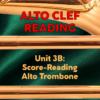The tuba’s unique tone should be considered carefully when scoring brass chorales.
In older scores, tuba is often placed on the same staff as the bass trombone. But don’t be fooled – these two instruments are nothing like each other. The fundamental wave-form of trombone or trumpet is saw-tooth, whereas tuba is more of a square wave. Trombones have a more cutting frequency, while tubas are deeper, broader, more expansive sounding.
This means that the orchestrator must have a keen ear for combining the tuba sound to the other members of the brass section. In combination with trumpets, for instance, a tenor or bass trombone may provide a more complementary tone as the bass of a chord. In a trombone chorale, tuba can be very effective as the bass note – but the overall effect may lose its edge. Three trombones will have a certain unity of tone that 3+tuba will not.
The most complementary combination with tuba is the horns, or their auxiliaries the Wagner tubas. In the example below, the second theme of “Jupiter” from Holst’s “The Planets” (fig. III), all 6 horns are playing a massive unison with the entire string section, except for the double basses. These are holding down the bass line in unison with a single bass tuba playing a mere mf. That’s a comment of the projective powers of the tuba right there – it can hold its own supporting 6 horns and all the strings, and yet be marked down a notch. Have a listen to this with the Sir Charles Mackerras version on YouTube – it will show the BBC basses and tuba player balancing perfectly, with a vigorous line that pushes at the theme.










One response to “Tuba – Tone”